-
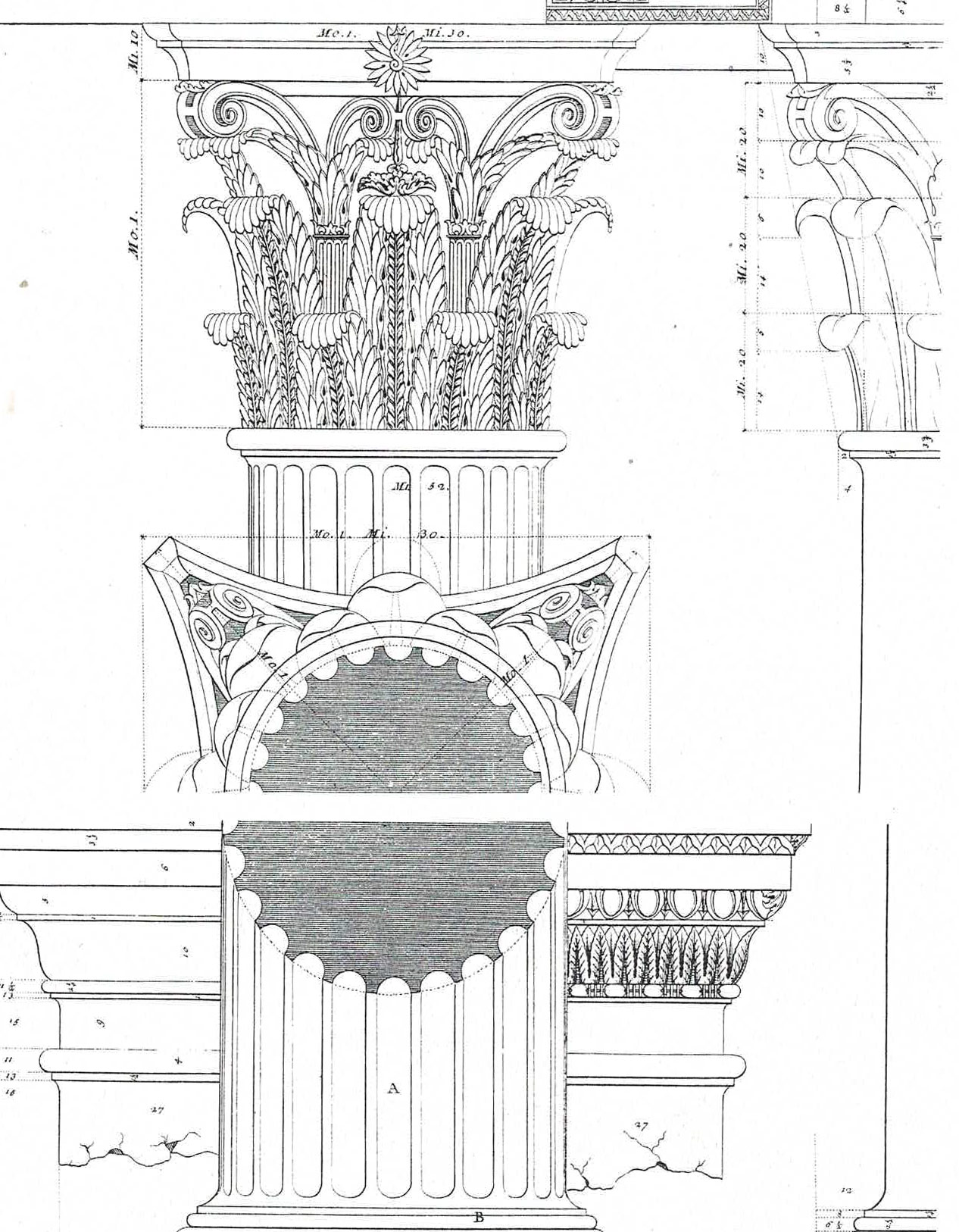
Columns and Capitals
Columns and Capitals, combined with the entablature, are the basis of the classical Orders. Architectural periods have provided many variations on these designs, but the principles of the orders remain intact. A column is a vertical shaft most often seen in a row supporting a lintel (a colonnade) or with a series of arches (an arcade). However, ...
-
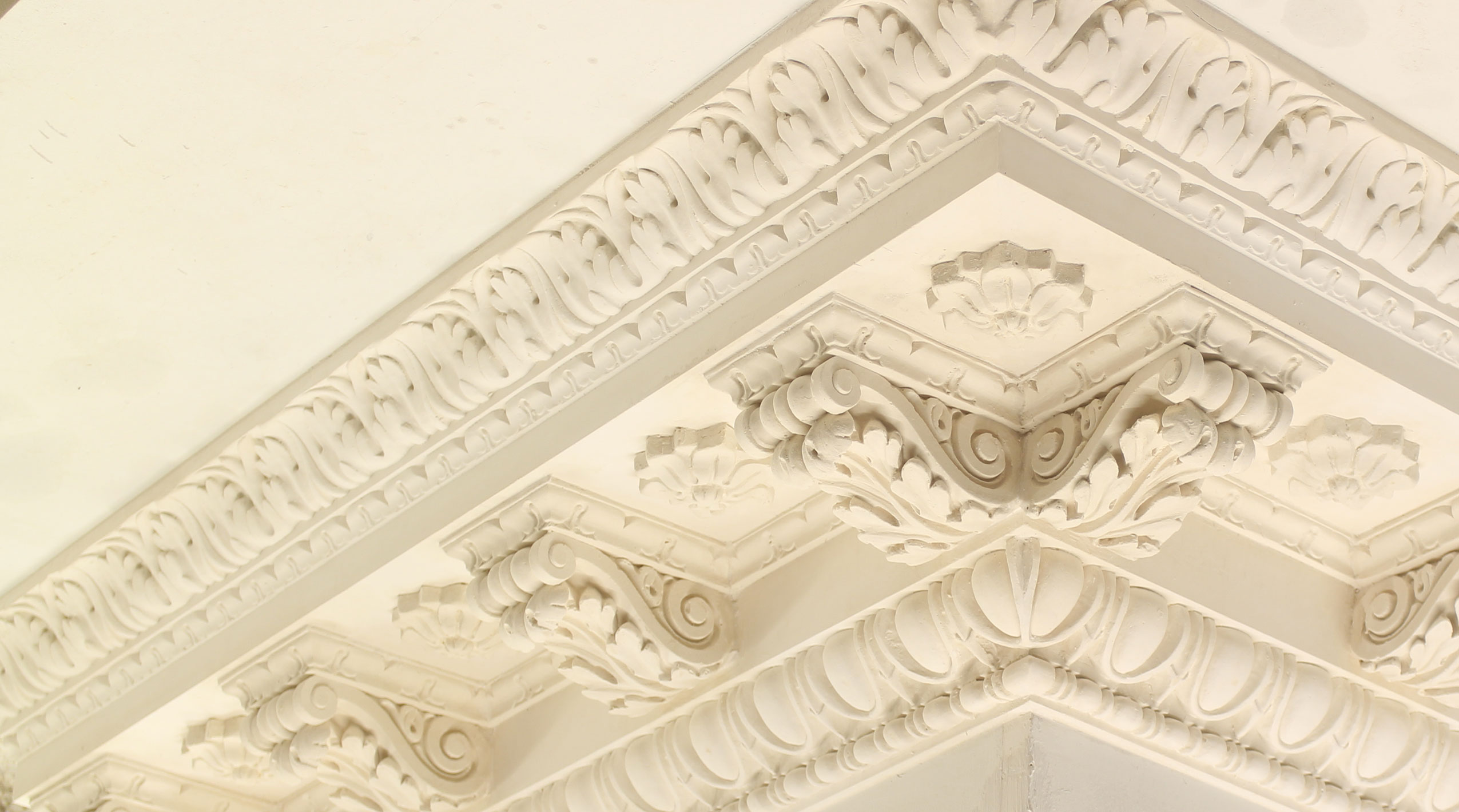
Classical Moulding Sections
Classical mouldings are the separate members that compose architectural sections such as bases, capitals and cornices and can be straight or curved in profile. These profiles are derived from the classical Orders (for additional information please see section “Classical orders and associated items”) Such mouldings can be divided into ...
-
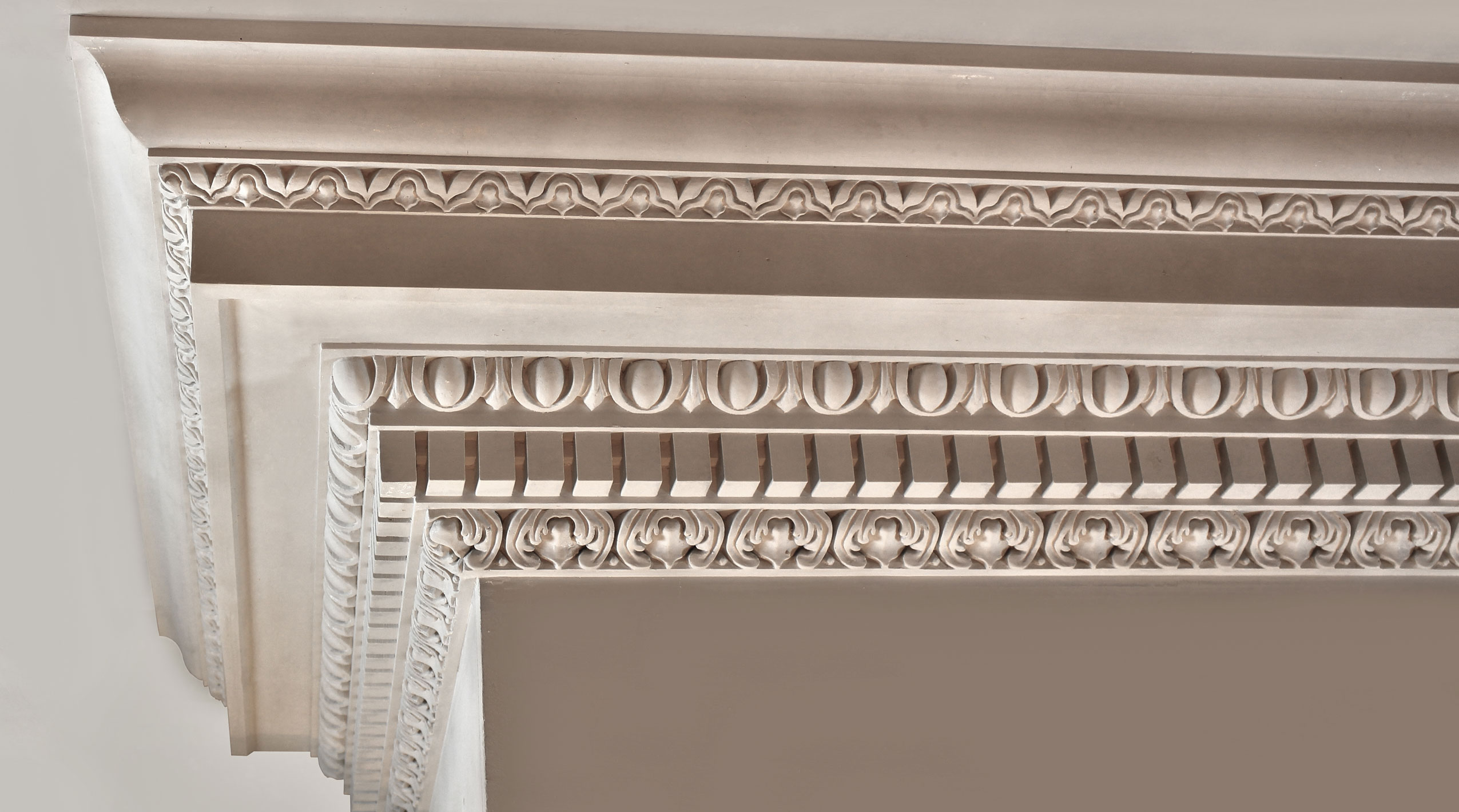
Architecture & Plaster Design in the Georgian Period
The Georgian period saw the influence of Andrea Palladio within the architecture and detailing of many fine town and country houses. These Palladian values illustrated within the planning; proportions and symmetry ideals being followed by the fashionable architects of the time. This trend can be followed to the grandest townhouses of London there ...
-
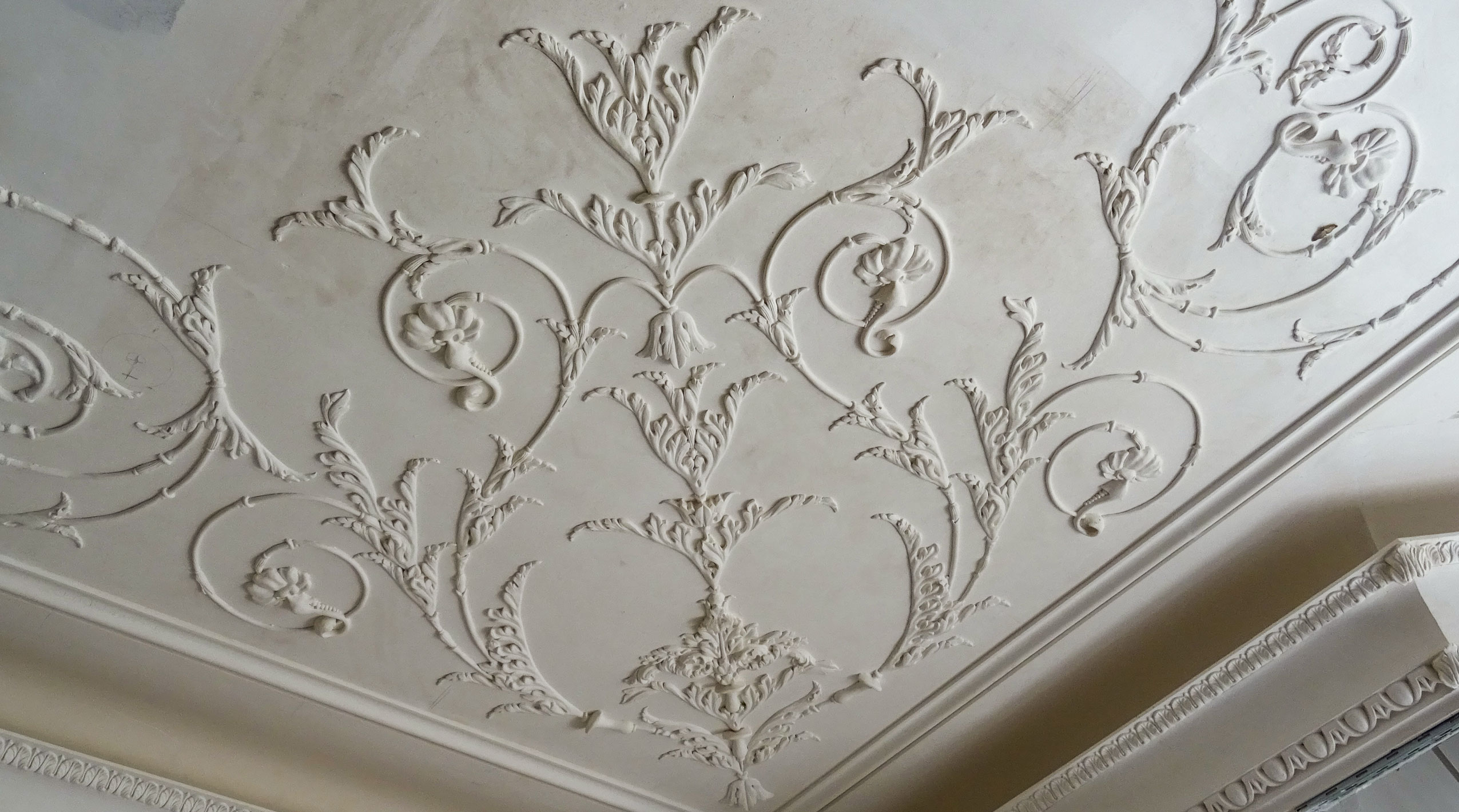
Foliage Ornamentation in Decorative Plaster
Leaves, stems and other foliage have always been popular decorative motifs lending themselves to a wide range of possible uses. The broad, curly and scalloped leaves of the acanthus plant have been one of the most popular forms of foliage ornamentation since classical times. This large leaf appears in a naturalistic upright form on Corinthian ...
-
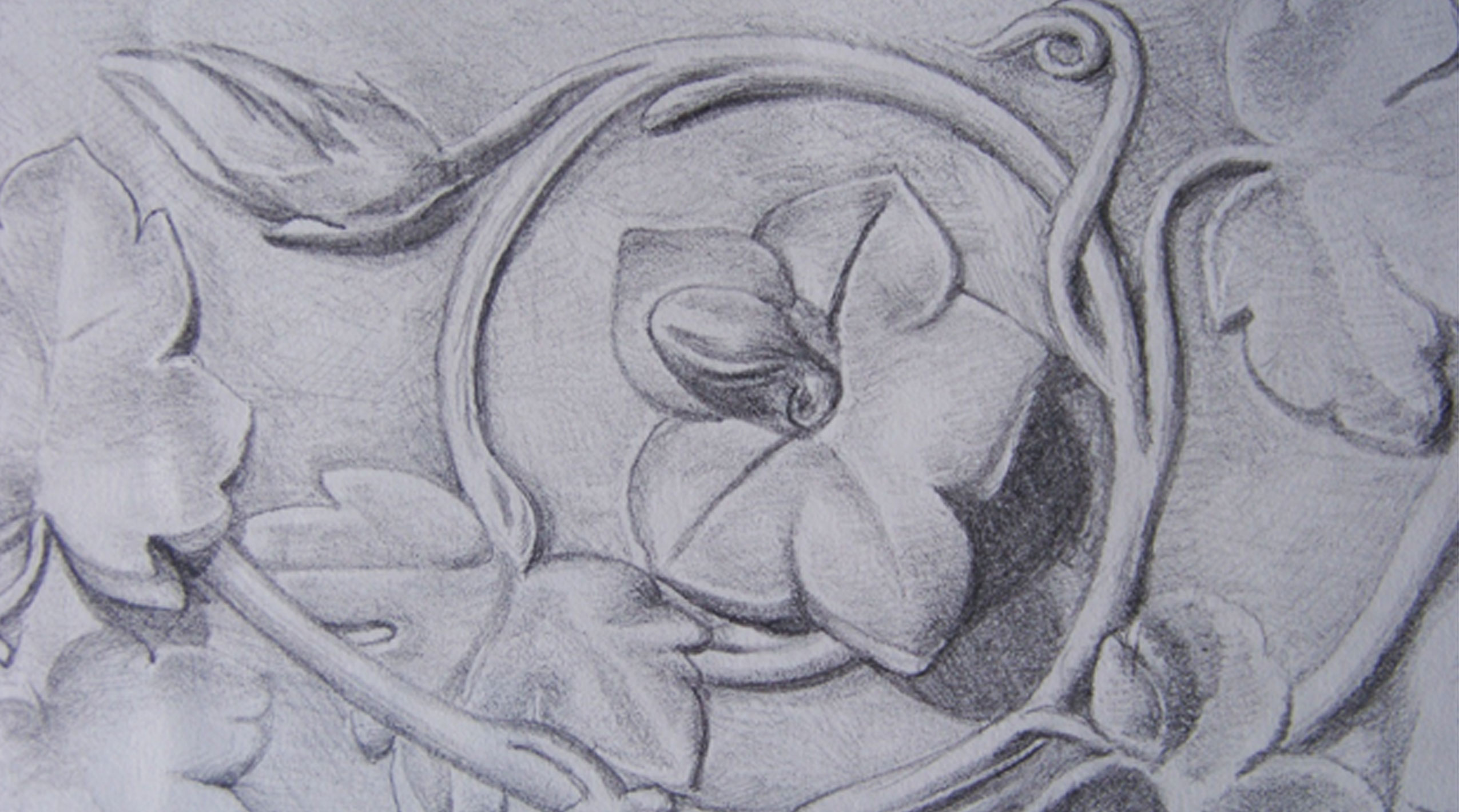
Floral Ornamentation in Decorative Plaster
All periods of architectural history have used flowers as a popular decorative motif and tend to be combined with other motifs such as foliage and fruit, creating formations such as swags and garlands or more geometric patterns. The Anthemion may have been based on the honeysuckle and was used both vertically as a central element on acanthus ...
-

Andrea Palladio 1508 – 1580
Venetian Renaissance Architect, 16th Century Impact: His work later informed the Palladianism style of architecture, due to his original basis on the values of Greek architecture, and the traditions of Roman Architecture as outlined by Vitruvius (strength, functionality and beauty) for his own design. Also extremely influential was his ...
-

Inigo Jones 1573 – 1652
The first notable English architect, introduced the classical architecture of Rome and the Italian Renaissance to Britain. Employed at the Norway court for a time before returning to make his mark on Britain. Highly influenced by Andrea Palladio, first in Britain to employ Vitruvian rules of proportion and symmetry in his buildings ...
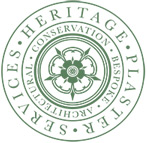 Craftsmen In Plaster
Craftsmen In Plaster